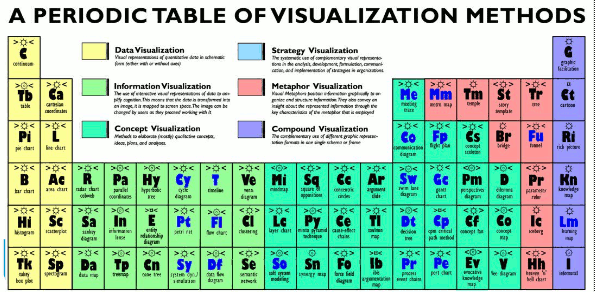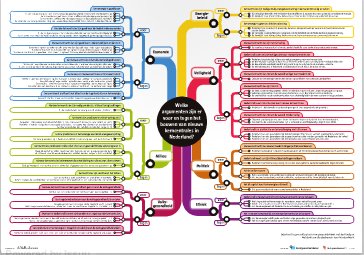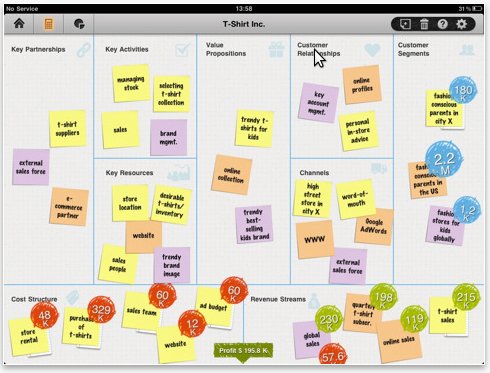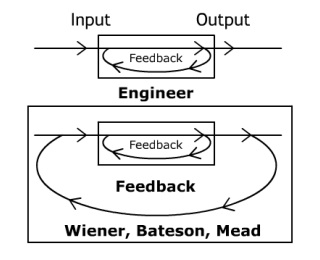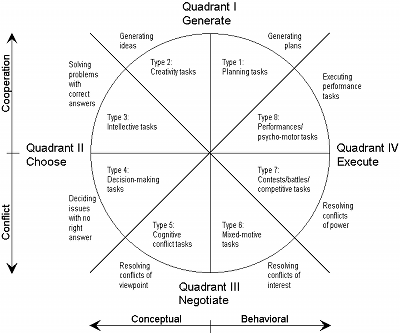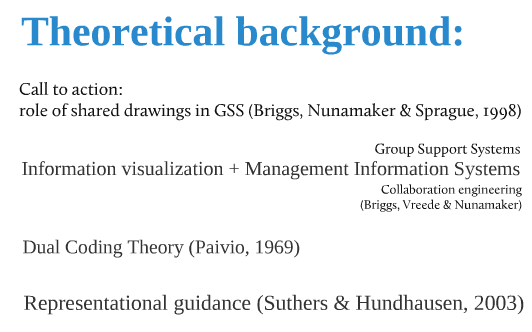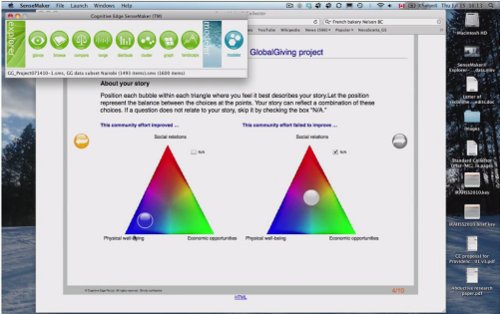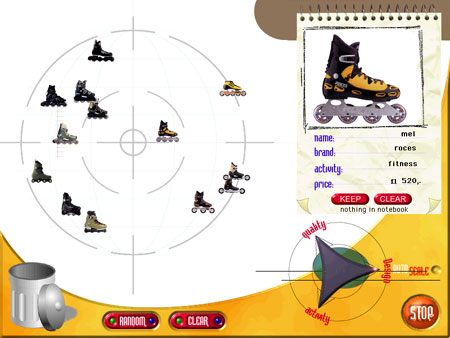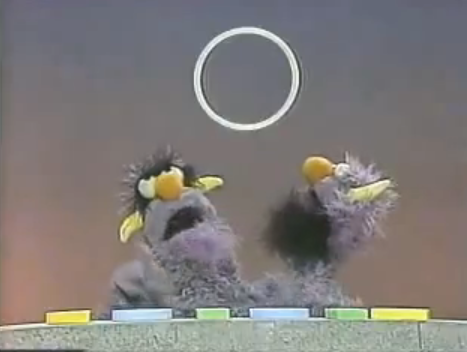Competition versus cooperation
How can visualization help us grasp the nature of our complex relationships?
Conflicts of interests: about the advantage or benefit of a person or group and loyalties:
When cooperation and competition co-exist there is a conflict of interests. People differentiate their interests over different perspectives. For instance the perspective of time (a), space (b) and decision making unit (c) {aka <organisatiegrootte><zoom level>}.
Assuming the example of the three Universities of Technology (UoT’s) in the Netherlands is spot on, deeper coexisting levels appear when peeling the union of interests. In general, universities need to play parallel multi-interest games of cooperation at some levels and of competition at other levels. Let us zoom into those levels from the perspective of the UoT.
(a) Differentiation over time:
-
Level of perceived history. Just like Delft and pottery go hand in hand since 1650, also Eindhoven and Philips do since 1891. Upon today the history of traditions and industry, still reflects upon the reputation and therefore the perceived value of each University.
-
Level of short term goals. Each year all UoT’s are competing in attracting enough students and in attracting the best students, to secure financial needs and stimulate growth.
-
Level of long term goals. All three UoT’s have joined forces in the 3TU.Federation, focusing on two main aims: Facilitation & Standardization and shared services. This is a high performing kickoff to boost efficiency, together with a high reliability strategy increasing (inter)national effectiveness.
-
Level of timing (1): It seems easier to collaborate with other universities that are in the same stage of development, resulting in new institutes like the School for Technology Design; the Sten Ackerman Institute.
-
Level of timing (2): Deploying one strategy seems fruitfull to time commitments and recources. For example, the Delft University could merge with two other dutch technical universities and / or could also merge with two other non-technical universities, more or less planned in the same timeframe.
-
Level of timing (3): Sometimes governmental decision making is synchronous to operational or strategic activities. Sometimes it is not in sync. It then disrupts planned developments or recently activated activities.
Differentiation over time asks us: How to deal with interests that are labeled with a time perspective, when -at the same time- acting on interfering interests that are based other time perspectives?
(b) Differentiation over space <zoom level of a system>:
-
Level of location: Every University is developing it’s own campus. Local, regional and national government play their roles in the development of housing, public transport, infrastructure, business parks e.g.
-
Level of sources: Approximately until 2000 all 3 UoT’s were strongly competing for sources (students, funding). Today, the organizations are learning to align their activities and to combine their sources. By doing so they start strengthening the collaborative impact across national borders, not only within Europe but also world wide.
-
Level of borders: Valorization Centers of the UoT’s may have regional oriented business goals in collaboration with public regional interests, conflicting with the intended cooperation of 3TU.Federation.
-
Level of reach: Delft is not only aligning with other dutch technical universities on a national level, but also with other regional non-technical universities on a regional level (Leiden+Rotterdam). Both for reaching out to attract foreign talent and growth perspectives, from an international perspective.
Differentiation over space asks us: How to deal with interests that originate from within one region, when -at the same time- acting on interfering interests outside that region?
(c) Differentiation over <organisatie grootte> decision making unit:
-
Level of the individual: The interests of a Rector Magnificus may differ from those of a library employee or a student. They may however share an individual sense of pride or loyalty belonging to the same group.
-
Level of the individuals: Due to a bachelor/master system, students themselves can find best fitting paths. Standardization needs cooperation, but in this case also leads to new competition.
-
Level of a group / team: Within a board of decision makers, there is a delicate balance between agreement on some issues and disagreement on others.
-
Level of a Group / organization: Within each university different service departments or faculties could experience internal competition. This can lead to civil service resistance within an organization during – for example – reorganization.
-
Level of a GROUP / : Does the organizational model still fit todays organization, for instance when collaboration with self employed persons becomes standard practice or when the lifespan of research outlives public or commercial principals or assignments?
Differentiation over decision making unit asks us: How to deal with interests loyal to one group level, when -at the same time- acting on interfering interests at different group levels?
The examples describing the differentiation of interests tend to overlap now and then. They all deal with history, context and dynamics of a group. All levels of differentiation ask us how to deal with interfering interests and conflicting loyalties.
NOTE: read more about this example: background insights (here) and additional developments (here, last two paragraphs).
Does sharing these interests support Group decision making? And if so, how can we prioritize these interests of individuals and groups and how can we communicate these priorities of interests?
